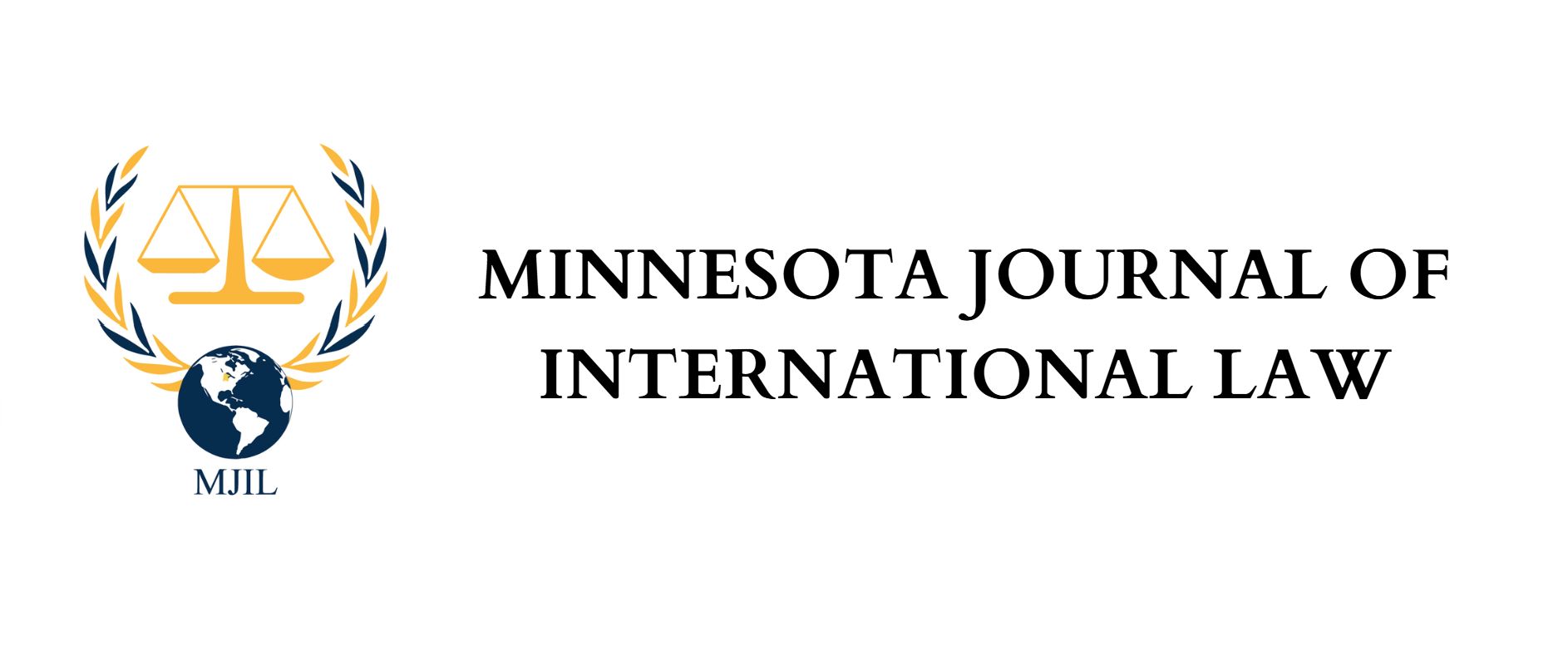By Lindsey Schwalbach, Staff Member
In the last twenty years a number of prominent sovereigns have defaulted, including most notably Argentina in 2001-2002 and 2014[1], Greece in 2012[2] and 2014[3], and Venezuela[4] and Puerto Rico[5] in 2017. Argentina is obviously no stranger to the sovereign debt restructuring process.[6] Since the year 2000, Argentina has defaulted two times: first in 2001 when Argentina stopped payment on $100 billion in debt, at the time the world’s biggest-ever sovereign default,[7] and again in 2014 when Argentina defaulted as a result of failed negotiations with holdout creditors.[8] While Argentina was eventually able to restructure both its 2001 and 2014 defaults, litigation from the 2001 default was not resolved until 2014[9] with negotiations ending in 2016, finally concluding a fifteen year lockout from global financial markets for Argentina.[10] Now, it’s 2018 and Argentina is teetering on default once again, provoking a major feeling of déjà vu in world markets.[11] This situation isn’t unique to Argentina, however. Ecuador, Jamaica, Belize, and Greece are all examples of countries that have defaulted twice in the last twenty years.[12] So, why is it that nations who default once, so often default again, and how can the international community fix this?[13]
Sovereign debt is the term commonly used to refer to debt issued by national governments and fiscally autonomous territories.[14] Sovereign debt is a contractual obligation like other kinds of private debt, and default occurs whenever the sovereign does not honor the original terms of the debt contract.[15] When sovereign default occurs, the consequences can be immense, not only for the creditors who hold the bonds, but also for the citizens of that nation and world markets as a whole.[16] A country that has defaulted often faces devaluation of its currency, exclusion from world markets in the form of inability to issue new debt and trade embargoes, high unemployment rates, and high inflation, all of which render the country both unable to pay off its creditors and unable to obtain any new sources of financing.[17] Evidence shows that the costs of default to a country are so great, it can often prove to be the start of a cycle, driving the country back into default over and over again.[18]
One reason for this cycle of default is that the restructuring process is very disorderly and often drawn-out, doing major damage to the sovereign’s reputation in the mean time.[19] In the case of sovereign default, creditors cannot take control of the sovereigns assets or use them to pay off the outstanding debt, thus they really only have two remedies: renegotiate the terms of the debt or litigate.[20] When a sovereign defaults, there are no international treaties that govern the next steps, no court with explicit jurisdiction or expertise to oversee the restructuring process, and so far, no universal contractual solution.[21] As a result, there are significant issues with the sovereign debt restructuring process including holdout creditors—creditors that purchase enough of the outstanding sovereign debt to give them large enough voting power to stall negotiations until they get paid in full—delaying negotiations, varying interpretations by courts of the contract provisions commonly contained in sovereign debt contracts, exclusion from international financial markets, expensive and time consuming litigation, and inability to properly restructure the debt and regain stability in their economy.[22] If the international community doesn’t come up with a comprehensive solution to sovereign default crises, and soon, investors, international markets, and citizens of sovereigns in default will continue to suffer the consequences, and likely more than once—just look at Argentina.
[1] Watson, Argentina Defaults for Second Time, BBC News (July 31, 2014), https://www.bbc.com/news/business-28578179.
[2] The Wait is Over – Greece’s Default, The Economist (Mar. 17, 2012), https://www.economist.com/finance-and-economics/2012/03/17/the-wait-is-over.
[3] Harrison & Liakos, Greece Defaults on $1.7 Billion IMF Payment, CNN Money (June 30, 2015, 7:52 PM), https://money.cnn.com/2015/06/30/news/economy/greece-imf-default/index.html.
[4] Venezuela in Selective Default, Says Credit Ratings Agency, BBC News (Nov. 14, 2017), https://www.bbc.com/news/world-latin-america-41982069.
[5] Aizenamn, A Debt Crisis Seems to Have Come Out of Nowhere, NPR (Apr. 20, 2018, 1:58 PM), https://www.npr.org/sections/goatsandsoda/2018/04/20/604169277/a-debt-crisis-seems-to-have-come-out-of-nowhere
[6] Argentina Profile – Timeline, BBC News (May 4, 2018), https://www.bbc.com/news/world-latin-america-18712378.
[7] Marsh & Winter, A Timeline of Argentina’s Sordid History with Default, Business Insider (July 30, 2014, 2:35 PM), https://www.businessinsider.com/a-timeline-of-argentinas-sordid-history-with-default-2014-7.
[8] Watson, supra note 1.
[9] See NML Capital, Ltd. v. Argentina, 727 F.3d 230 (2d Cir. 2013), cert. denied, 134 S. Ct. 2819 (June 16, 2014).
[10] Stevenson, How Argentina Settled a Billion Dollar Debt Dispute with Hedge Funds, N.Y. Times (Apr. 15, 2016), https://www.nytimes.com/2016/04/25/business/dealbook/how-argentina-settled-a-billion-dollar-debt-dispute-with-hedge-funds.html.
[11]Richter & Street, Argentina has Shanghaied the IMF Once Again, Business Insider (June 16, 2018, 1:00PM), https://www.businessinsider.com/argentina-has-shanghaied-the-imf-once-again-2018-6 (Argentina in 2018 is seeking $50 billion in aid from the International Monetary Fund (“IMF”)—an organization of 189 countries working to foster global monetary cooperation and secure financial stability that often loans money to sovereign States hoping to avoid default—to avoid defaulting on its debt once again in the face of Argentina’s sky-rocketing interest rates and collapsing currency.).
[12] Noack, MAP: Greece isn’t the First Nation to Default on a Sovereign Debt, Washington Post (July 1, 2015), https://www.washingtonpost.com/news/worldviews/wp/2015/07/01/map-greece-isnt-the-first-nation-to-default-on-a-sovereign-debt/?noredirect=on&utm_term=.f5127daeff04.
[13] See generally Kelly, Replacing Havoc: Creating Rules for Sovereign Default, 64 Clev. St. L. Rev. 1049 (2016).
[14] Beers & Mavalwalla, Technical Report No. 101 Database of Sovereign Defaults 2 (2017), https://www.bankofcanada.ca/wp-content/uploads/2016/06/r101-revised-june2017.pdf.
[15] Borensztein & Panizza, The Costs of Sovereign Default 3 (2008), https://www.imf.org/external/pubs/ft/wp/2008/wp08238.pdf.
[16] Id. at 3.
[17] Id.
[18] See Kelly, supra note 13, at 1049.
[19] See Kelly, supra note 13, at 1049–50.
[20] Silverman & Deveno, Distressed Sovereign Debt: A Creditor’s Perspective, 11 Am. Bankr. Int. L. Rev. 179, 179 (2003).
[21] For a discussion on some of the contractual solutions proposed see Weidemaier & Gulati, A People’s History of Collective Action Clauses, 54 Va. J. Int’l L. 51 (2013).
[22] Koba, Sovereign Debt: CNBC Explains, CNBC (Oct. 14, 2011, 10:05 AM), https://www.cnbc.com/id/44771099.
